
sthig
Illustrator
Concept Artist


My favorite comic book character to draw is Wolverine, but I identify most with Captain America. Being a US Navy veteran helps narrow it down, but it's his values and principled decision-making that resonate with me. In my creative super moments, I lean into honesty and sincerity to guide my team and collaboration. I don't care who gets credit for impactful ideas, as long as the team is acknowledged for their craft and dedication.
Brand is at the heart of what makes Captain America great. With no real superpowers beyond discipline and a badass adamantium/vibranium shield, his strength lies in the brand of the USA. Upholding the ideals our nation strives for, he consistently measures his actions against what is right and true. Commercial brands can learn a lot from Captain America's example, which is the leadership style I admire.
As an Art Director at Razorfish, I volunteered to help with an internal project to create an identity and campaign for our summer solstice party 2013. We had two weeks to concept and produce the elements for the event, collateral, promotional material, and swag. With a small team and a writer peer, we brainstormed and landed on a super fun and edgy idea—everything is longer :) PARTY LONGER
The concept had legs and caught on, and the team had so much fun with it that the execution was dialed up to 11. Its simplicity and extensibility made it effortless to create new and interesting compositions. We rolled out a new poster every week for 5 weeks until the big 'long' day of the party and Lustre Pearls. I had a blast providing art direction and watching the team enjoy the extra effort helped me learn that having fun is one of the most important. tasks on a creative project.
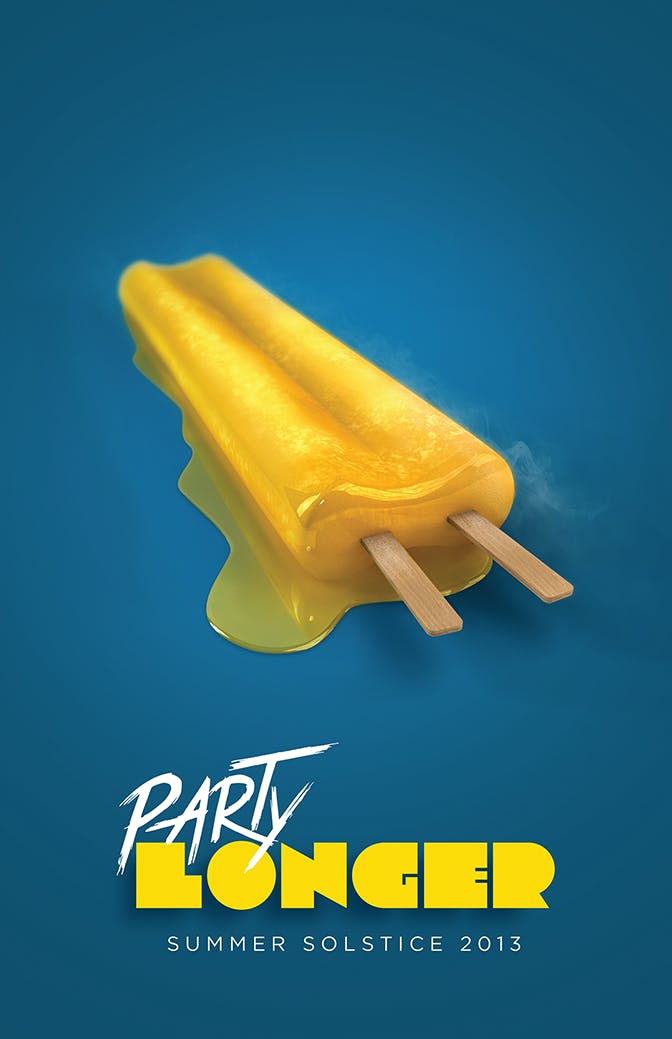
The creative industry has changed, and so have my roles and methods. From software to code, digital design is moving so fast that industry standards seem non-existent. Starting in Adobe, learning Fireworks, Figma, Flash, Corel Draw, and on and on, it seems learning new tools is limiting. By the time a new tool can be mastered, a new tool surfaces to surpass.
Beyond tooling, the need for enhanced briefs that require specific data and research has grown. Beginning as a digital designer at the turn of Web 2.0, having a brief that defined the creative problem, audience, and artifact was enough. With advancements in screens, devices, and connected channels, data has become essential for measuring design efficacy. I'm confidant that with this trend we will be able to accurately measure the more subjective aspects of quality design.
My process now involves thinking broadly about the audience and the channels where the creative is consumed. The biggest change is moving from a linear process to developing concepts that are effective in an omnichannel, dynamic system of touch points and timelines. Ensuring all visual and content components are cohesive and interconnected is critical for adding value through quality design at every entry point.
I think about this question often. Watching amazing films, it occurs to me how easy it is to recognize the director's fingerprints on each film. Directors like Tim Burton, the Coen brothers, the Farrelly brothers, and Spielberg clearly have their unique styles and they come through like deep fingerprints. It took John Hughes only six days to write "Ferris Bueller's Day Off," yet it's a defining movie of the 1980s. Why doesn't this translate as easily to advertising, digital product design, or agencies? Stefan Sagmeister, Paula Scher, and David Carson have distinct styles, but it's difficult to see the same director-level fingerprints in most agency work.
For me, I cultivate an environment that is open, uplifting, and limitless. First, setting the right frame for the challenge to empower the team to by knowing what to look for. Transparency about the strategy and success metrics reduces the need for designers to make sense of complex creative challenges. Second, breaking down impostor syndrome by encouraging volume and acknowledging failures early and often helps unleash locked ideas. Third, creatives should be the most fun team to engage with. It is the creative's job to inspire, moving beyond bean counting to show the true vision for a product or campaign. By guiding the development of the larger vision, I try and leave an authentic and sincere creative fingerprint of my own.
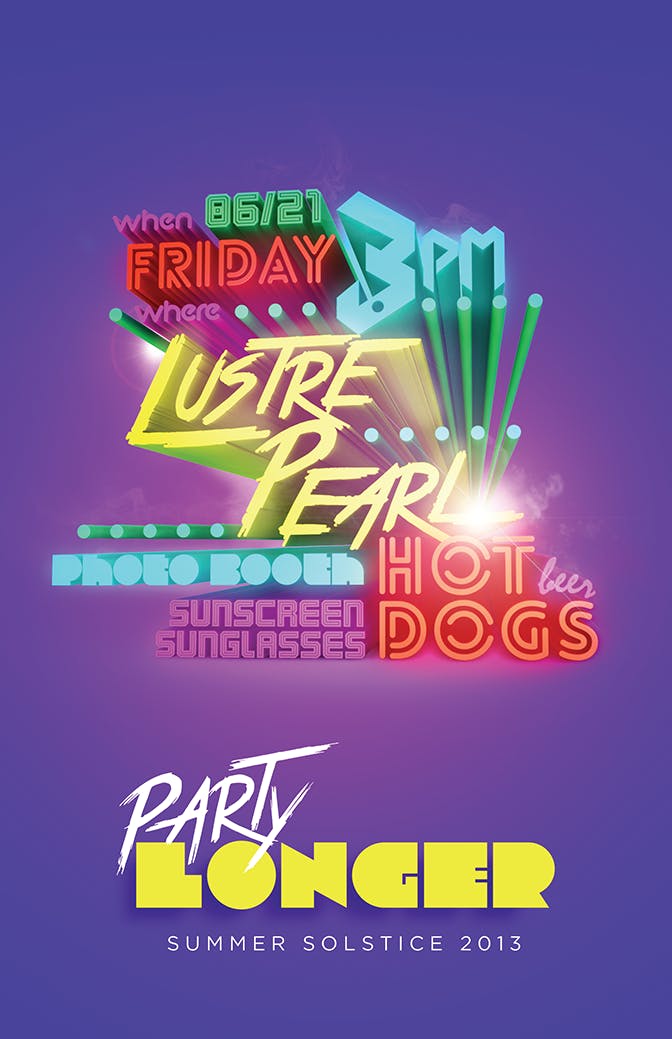
Creativity is a mysterious enterprise. In my life, it has made me stand out in good and bad ways. My father always told me I live in "la la land," always looking at things differently. It wasn't until high school that I learned to use my unique perception to identify and solve problems others missed.
A consistent starting point in my career is demystifying the process, timeline, and artifact through a well-written brief that non-creative stakeholders can understand and invest in. This applies to almost every creative challenge and is the most critical step. Defining the starting point depends on the medium, message, team size and scope.
For video and film, it begins with the script and storyboards. Getting the beats right and sketching environments, locations, and props with quick frames aligns the whole team, from camera to copy.
For brand, advertising, and promotional material, starting with discovery and mood boards helps to calibrate tone and style with key decision-makers. Setting the target early helps zero in on the appetite for market disruption or brand vision.
For product and web design, defining a clear budget, timeline, and process is critical. With many moving parts, the design team needs to work in parallel with development, establishing a stable engagement model. Trend mapping and user journey storyboards can happen in parallel with program planning.
Coming up through advertising, I sharpened my craft executing designs for amazing brands. Designing videos, digital media, and engaging interactive experiences was rewarding, especially collaborating with experts in photography, videography, frontend development, and product design teams.
As an Art Director, I developed efficient processes for hitting deadlines and maintaining high craft levels. This phase sparked my interest in the strategic aspects of projects and managing teams.. Delegating execution and production tasks allowed me to focus on building new business at Razorfish and Frog with strategic concepts for RFPs. Strategic concepts are super stimulating to design but most the timme they fail to reach end users in production. Growing as a design leader I wanted to make things that impact real people. So I aimed my focus directly at product design and learned why most of the fun future thinking proposals never make it to the big time, internal influence. Designing visual systems, pulling stakeholders into the process, developing impactful strategies for end users, and measuring aesthetic value is the most stimulating challenge I’ve encountered, and I look forward to continually improving my expertise.
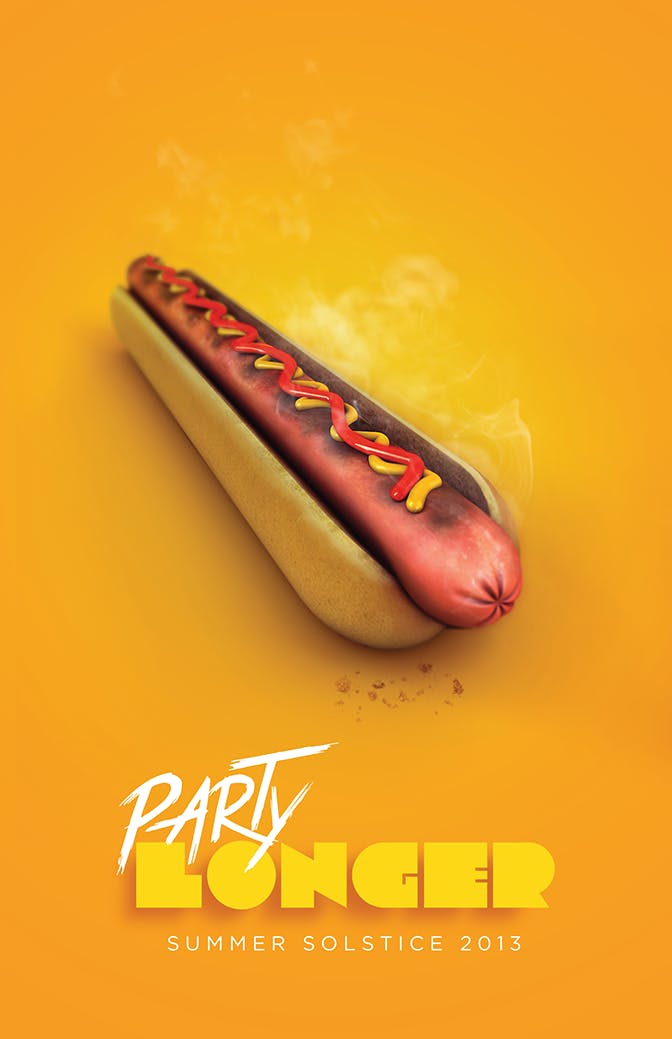
High-quality is a fascinating concept. I've spent days researching methods to quantifiably demonstrate it to engineers, executives, and design teams. Immanuel Kant’s empirical approach to aesthetic judgment is frustratingly exhausting. Discussing visual design principles and their commercial value often comes down to how well it influences key decision-makers. The most successful approach for me is setting a foundation of agreed-upon aesthetics within a clear and comprehensive brief. I also like to use competitive heuristics to calibrate the values the project is aiming for. Finally, clearly stating the problem we are trying to solve sets clear expectations and allow for fast decision-making. Spinning on ideas longer doesn’t mean better quality. Deadlines can be a good motivating force for critical evaluation of concepts and executions.
In the current environment, priorities change rapidly. Brands want creative faster, broader, and more efficiently. Setting clear boundaries upfront lets the creative team explore rapidly within narrow parameters. With boundaries set, I encourage the team to develop concepts quickly with lower fidelity and not fall in love with any one idea. Meeting project deadlines builds trust with partners and facilitates larger scale projects that integrate shared goals.
Designing the future vision for Marriott Digital was one of the most enjoyable programs I contributed to at Frog. Marriott was digesting the impact of home-sharing marketplaces like Airbnb and VRBO on the hospitality industry. Leveraging data from customer rewards programs, they invested in growing their digital experience groups into the Bonvoy loyalty program. Our mission was to present a realistic 5-year vision to unify disparate business units and inspire investors.
Marriott’s culture is conservative, but they value the end customer, which blended well with our human-centered approach. They allowed full access to brands and hotel chains for user research and filming a north star product vision video. Including brand and business leaders in every step of the 12-week program, they were excited to see the value added to their customer experience. I’m proud of the brand vision we designed, especially the visual design inspiration integrated into the Bonvoy team’s global product release.
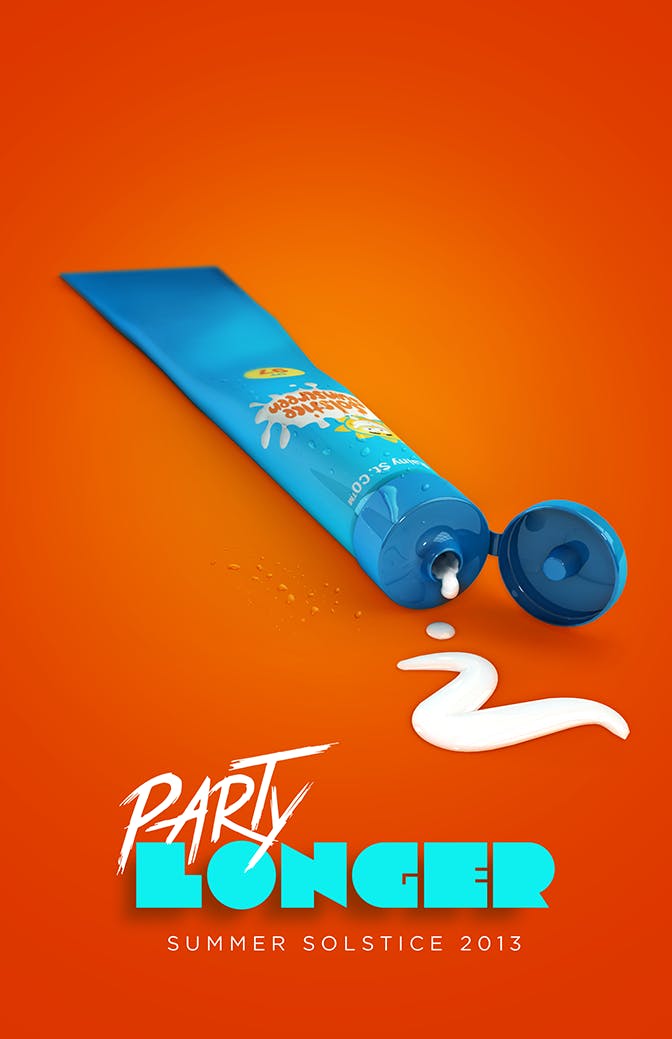
Research is critical for solving business and design challenges, but it's not one size fits all. Brands in specific categories (sports, fashion, automotive) must execute a brand strategy that resonates with their target and communicates differentiating value. Approaching the target with a line of questioning like, “We know you have options, but do you find this option better?” is foundational.
For broad customer bases, like with Indeed, targeting isn’t helpful but exclusionary. For marketplace products serving all humans, research validates design decisions based on brand authenticity. Recruiting representative customer samples and seeking insights like, “Does this brand communicate maturity and authenticity? Does it convey these values?” is more effective.
The first problem to solve in designing a brand program is ensuring the brand has a clear mission and can deliver on it.
I view every creative opportunity as a chance to learn and develop as a creative leader. My style is more reductionist, embracing boundaries and limitations as part of the process. Finding creative ways to shape material involves navigating the tension between possibilities. My style shines during the discovery phase, from an empty canvas to colorful collaboration. From there, all ideas to polish, mature, and stay relevant are welcome—as long as they work better than the iteration before.
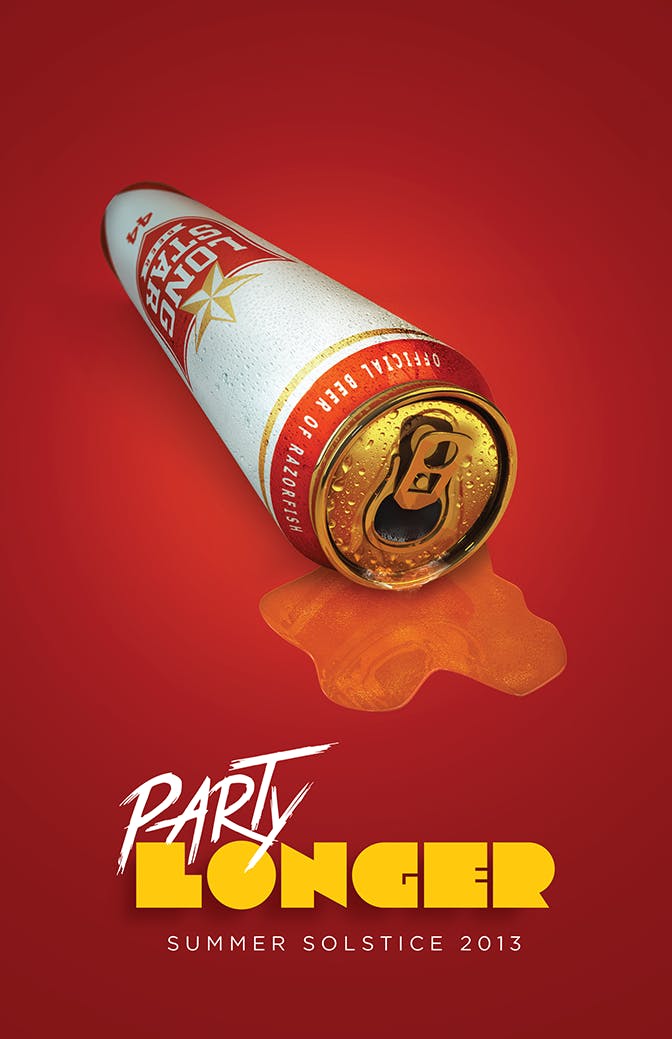
One of my favorite design leaders is Brian Collins. His agency's brands draw from ephemeral trends, extending them into beautiful, engaging systems. In a world of hyper-contextualization, evolving brands for specific times and audiences is becoming less expensive and more valuable. I’m inspired by Brian’s ability to keep cool in conversations. Too much science in design can kill creativity, and Brian battles that urge with clarity and charisma.
In art school, I wasn’t on the Sagmeister bandwagon. I rebelled against what I considered design gimmicks. Recognizing his value, I followed his work with Jessica Walsh. I’m a huge fan of Jessica Walsh; her bold choices mixed with elegant sophistication create a beautiful contrast. Her bravery is inspiring.
I saw Rei Inamoto (AKQA) speak at SXSW Interactive in 2012. As a young digital art director, I was inspired by his discussion on the creative dream team: a hipster, a hacker, and a hustler. The hipster understands the audience, the hacker brings the dream to life, and the hustler positions it in the market.

























